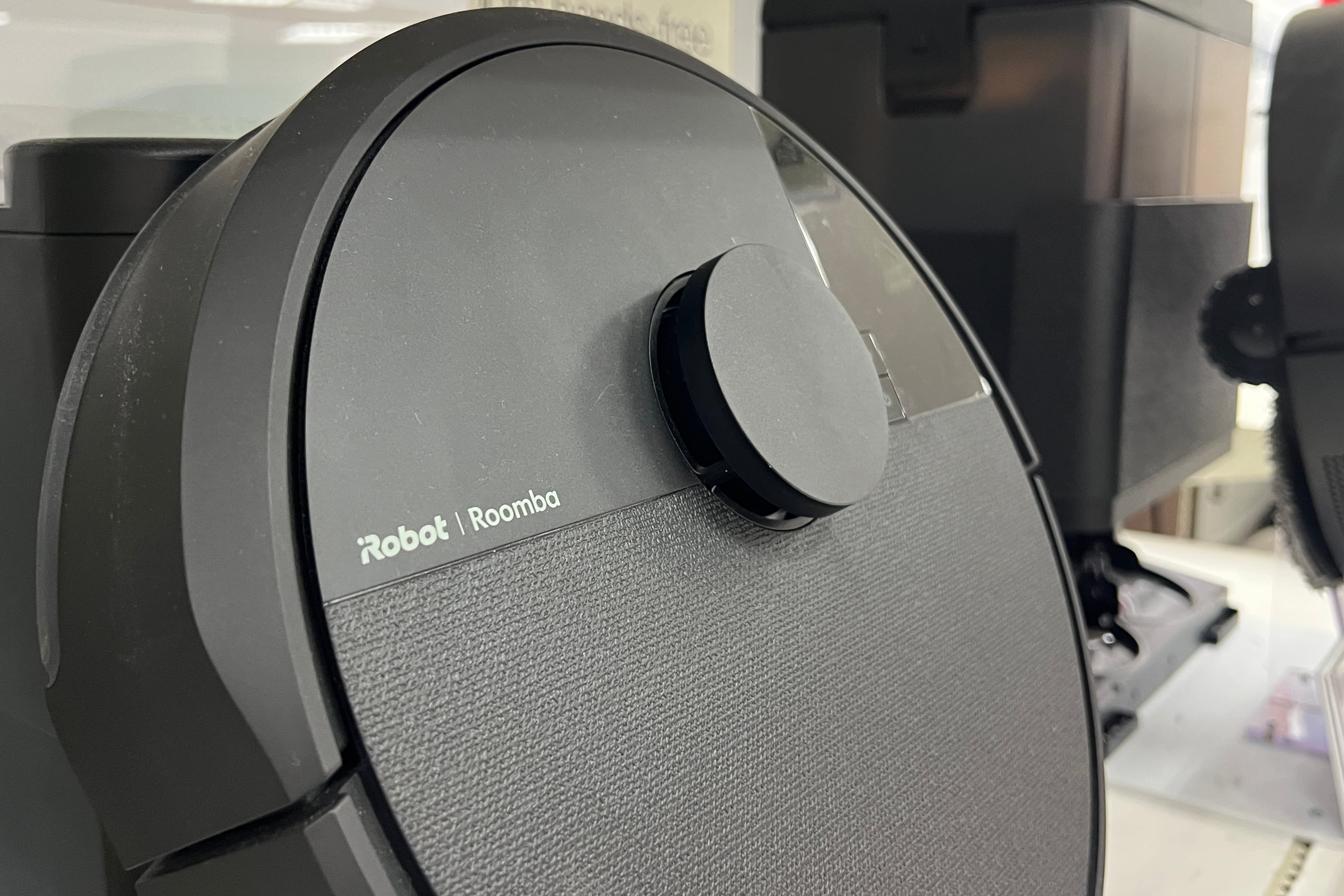From corsets and writing ink to avocados and e-cigarettes, the typical items in an average Irish shopping basket have changed drastically over the decades.
The Central Statistics Office (CSO) is charged with creating a list of the typical items that a consumer spends money on, and how their prices change.
This Consumer Price Index (CPI) is designed to track inflation, but details of the different items added and dropped from the list in the past 50 years – supplied to The Irish Times – also reveal how Irish society has rapidly transformed its consumer habits since 1975.
1970s
From joining the European Economic Community in 1973 (now the European Union), to a worldwide oil crisis and recession later that decade, the 1970s was a time of great upheaval and change in Ireland, with the typical Irish consumer’s shopping basket reflecting moves towards modernity.
READ MORE
In 1975, writing ink was no longer considered a staple, and neither was a hearty, beefy cup of hot Bovril, as both were taken out of the list.
In the same year, technology was taking off, as instant cameras and cassette tapes were added for the first time – as well as disposable baby nappies.
The price of a vodka white was also added in 1975, in addition to the cost of a cigarette lighter.
1980s
The 1980′s was a decade of recession, unemployment and emigration in Ireland, with the CSO embracing more new technology as well as some exotic groceries when compiling its price index.
Corsets were removed from the list of clothes commonly bought by consumers in 1982, while tumble dryers and hairdryers entered the list for the first time in the same year, as well as, thankfully, deodorant.
Exotic foods like mushrooms, doughnuts and grapefruits were all added to the typical Irish shoppers’ basket in 1982, and by 1989 consumers here were also buying bottled water, frozen meals, fast food and microwaves.
Black and white televisions and record players were dropped in 1982, making way for video recorders/players and hi-fi systems. In 1989, Walkmans and CD players made it on to the list.
The 1980s also saw draughts and building sets ditched for Lego.
1990s
By the 1990s the Irish economy was picking up steam, and the dawn of the internet saw PCs and printers enter the consumer price list in 1996.
It also took until 1996 before tampons and condoms were added to common household items, along with modern marvels like filter coffee, cider and alcopops.
Irish consumers favoured going out to purchase their litre of low-fat milk (added in 1996), as in the same year the cost of a pint of milk and the fee to have it delivered to your door were removed.
Jelly saw a wobble in popularity and was removed from the list that same year, as new items in the typical Irish shopping trolley included broccoli, peppers, carrots, muesli, kiwis and pears.
In terms of clothes, men’s and women’s casual hiking boots appeared on the list for the first time in 1996, while “heavy overcoats” were left on the hook and phased out.
Also in 1996, there was something of a musical revival among Irish consumers, as guitars, violins, drums, pianos, keyboards and flutes made it on to the list for the first time.
2000s
By the turn of the millennium, the Celtic Tiger was in full swing, with the average shopping basket laden down with luxury items.
In 2001, fine-quality wines, champagne and cream liqueur all entered the world of typical consumer goods. In the same year, delicacies like mutton, smoked kippers and condensed milk didn’t quite make the cut.
By 2006, tinned pineapple, melon and other world cuisines were part of the average shopping basket, as coffee makers and health grills like George Foreman’s became consumer essentials.
Games consoles, DVD players and widescreen TVs entered the list for the first time in 2001, followed five years later by MP3 Players, surround sound systems and digital cameras.
Video recorders and players were ditched by 2001, followed by the disappearance of calculators, cassettes, video players, Walkmans, public telephones and film cameras in 2006.
We also said farewell to wellies in 2001, and the price of a man’s two-piece wool suit was dropped from the list five years later.
2010s
By the next decade, and post the financial crash, fine-quality wines and champagne were swiftly removed from the list in 2011 (the first year of our Troika bailout), as well as roundhouse steak, ice-cream cake and cooking apples.
Good news for coeliacs, however, as gluten-free foods made it on to the list of typical Irish consumer goods for the first time that yeari.
At the same time, MP4s, memory sticks, music downloads and smart TVs were all in, while DVD Players, MP3s and DVD hiring were dropped from the list of typical consumer expenses. In the same year, Irish consumers were also embracing pregnancy tests and smoke alarms, added for the first time, while turf was phased out.
Forward to 2016 and the typical Irish shopping basket featured avocados, sweet potatoes, craft beer and hake. In the same year, disposable cameras, as well as the cost of camera film and having it developed, were all dropped, as consumers embraced other technology like e-readers, e-cigarettes and streaming services.
- Sign up for Business push alerts and have the best news, analysis and comment delivered directly to your phone
- Find The Irish Times on WhatsApp and stay up to date
- Our Inside Business podcast is published weekly – Find the latest episode here





















